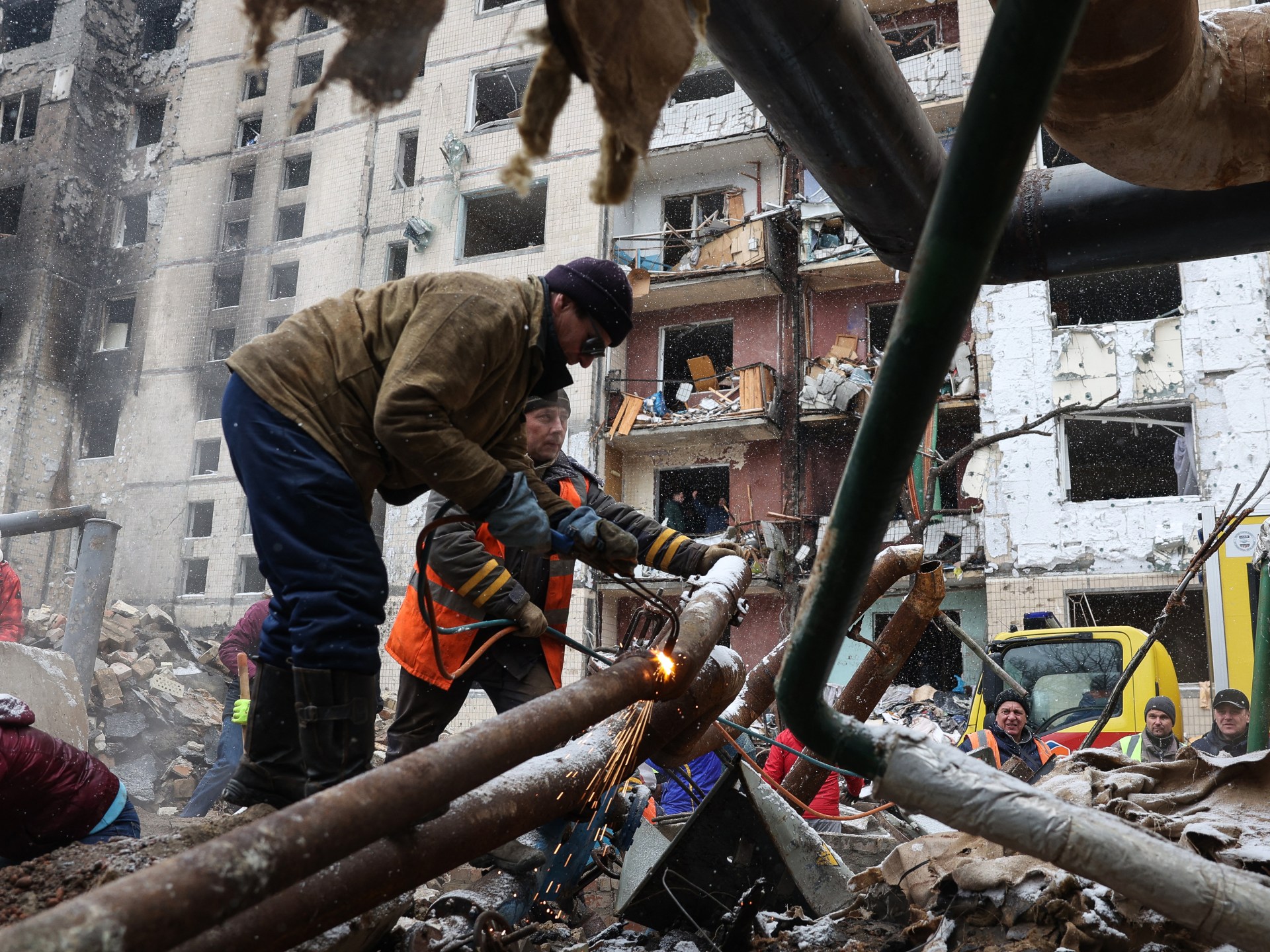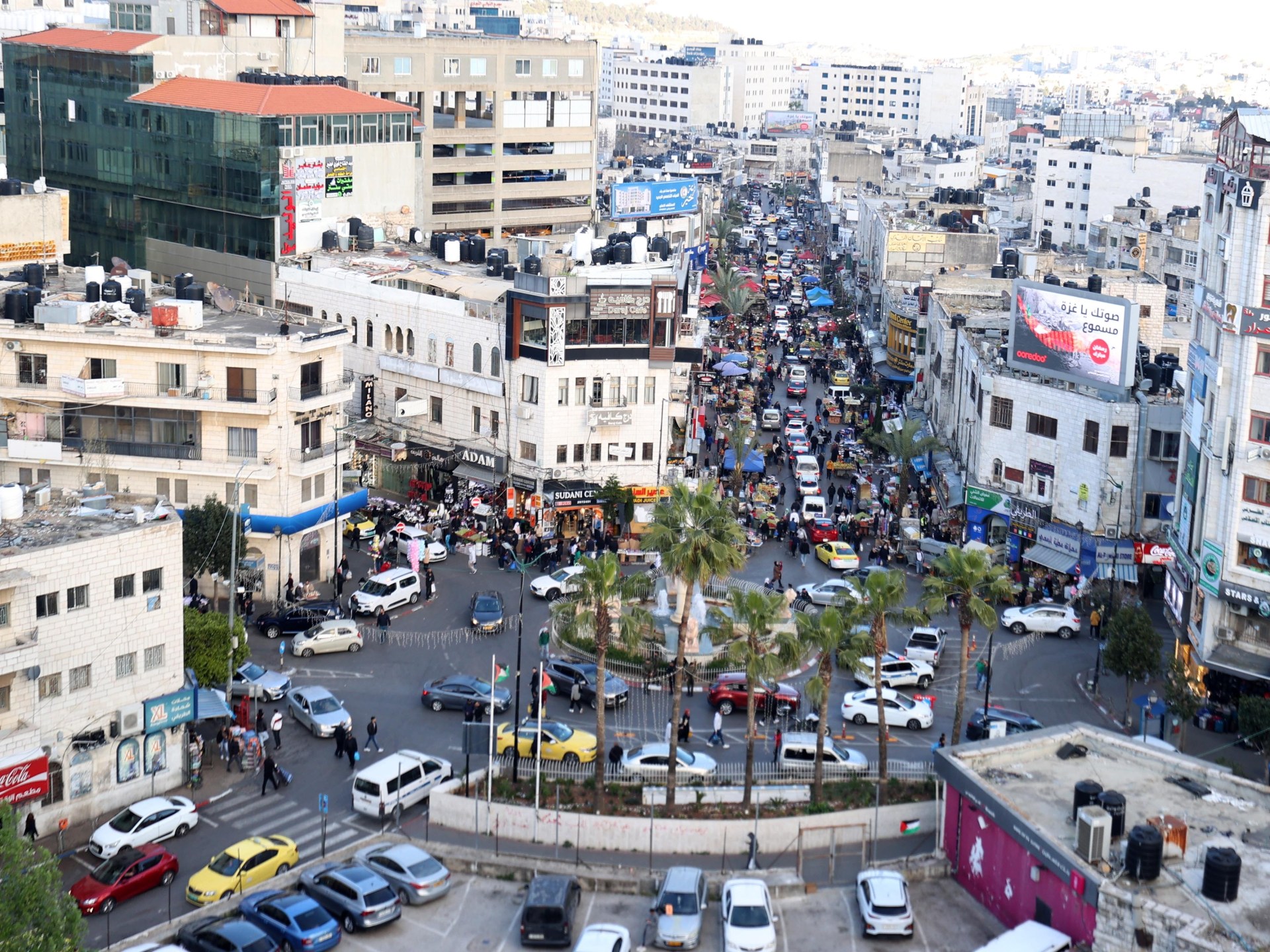Diwali celebrations across India and world, in photos
Indian officials had raised the alarm over worsening air pollution this weekend, which reached hazardous levels in New Delhi last week before a brief spell of rain brought some respite. On Sunday, however, the revelry had already produced a new cloud of smoky haze in the capital, whose wider metro is home to nearly 33 million people.
By midnight local time, major urban areas, including New Delhi and Kolkata in eastern India, saw their air quality dangerously deteriorate. This time of year normally marks the start of “pollution season” in New Delhi. It lasts for several months and is caused by vehicle exhaust, construction dust, industrial emissions and crop-burning in nearby states.
But the festival is so revered and so widely celebrated that the firecracker bans are hardly ever enforced. This year, India’s Supreme Court declined to enact a blanket ban on all firecrackers and instead reminded states to prohibit the sale of firecrackers that are joined or that contain banned chemicals.
Symbolizing the victory of light over darkness, Diwali is an annual festival that, while Hindu, is also celebrated across faiths, including by Sikhs and Jains, who live mostly in western India. It’s observed across the South Asian diaspora as well. Sri Lanka and Nepal also both celebrate, as do Indian and Hindu populations in Singapore, Fiji and Malaysia, among other countries.
Those celebrating typically light candles, set off fireworks and line homes, temples and riverbanks with rows of diyas, or earthenware oil lamps — a tradition that gives the celebration its name. “Deepavali” means “a row of lights.”
Over the five days of Diwali, celebrants also feast, share sweets, worship and spend time with loved ones. Some decorate their homes with rangoli, a traditional art form where vibrant patterns are created on the floor with colored rice or sand.
In Uttar Pradesh on Saturday, devotees lit more than 2.2 million oil lamps, a number the state tourism agency said broke previous records of just under 2 million. The mass lighting took place in Ayodhya on the banks of the Saryu River, the birthplace of the Hindu god, Ram.
The oil lamp display set a new Guinness World Record, according to the Associated Press. After counting the lamps, Guinness Book of World Records representatives presented a record certificate to the state’s top elected official Yogi Adityanath, the AP reported.
Andrew Jeong contributed reporting.
Check out our Latest News and Follow us at Facebook
Original Source





